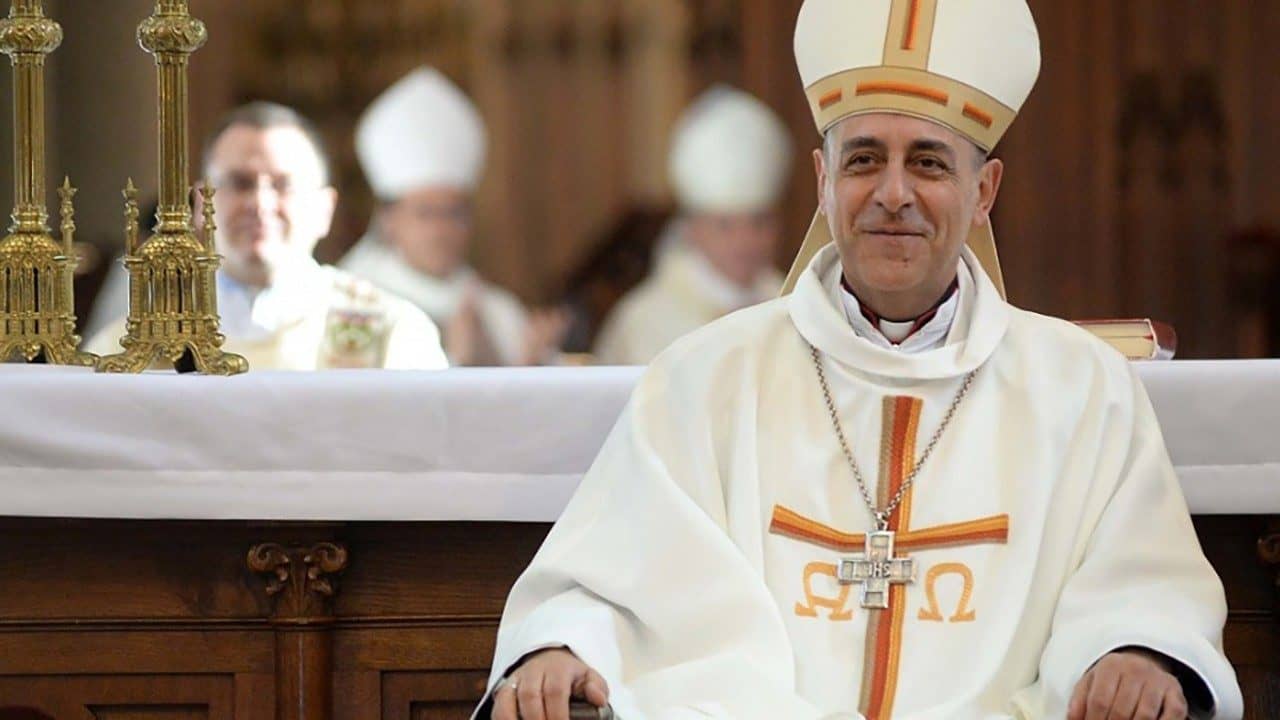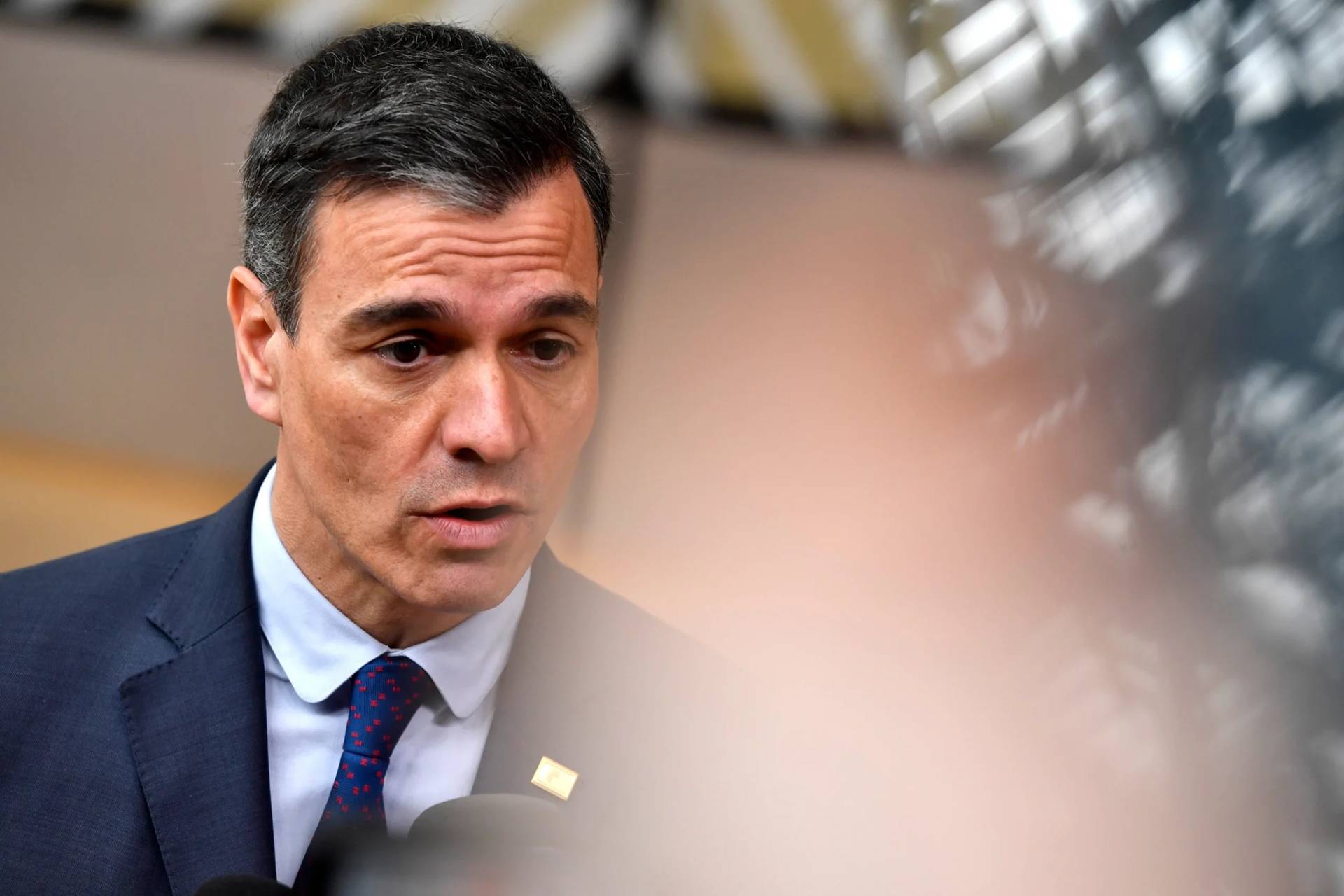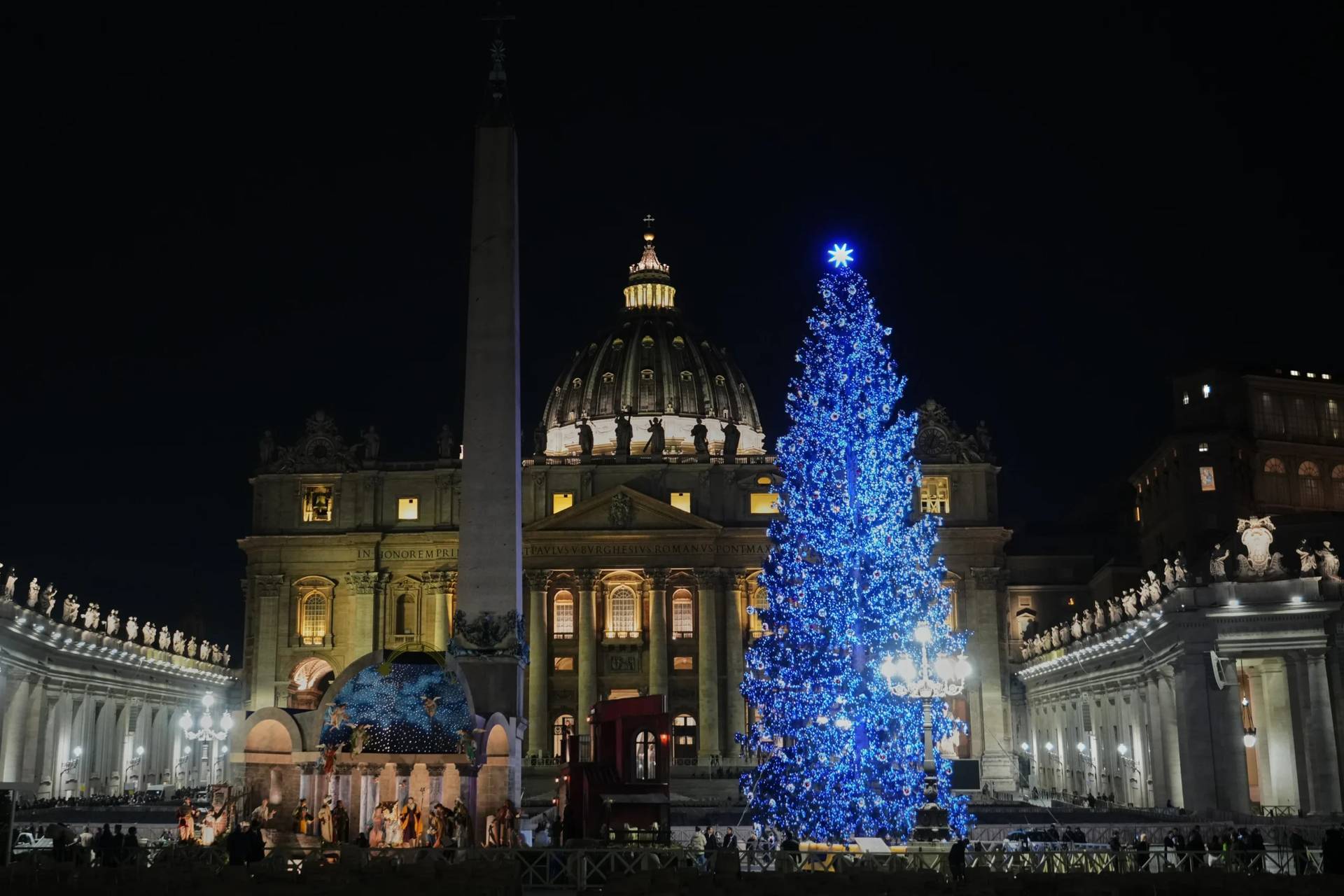ROME – Though 2018 still has a long way to go, we’ve already got a slam-dunk frontrunner for understatement of the year: Calling the last week on the Catholic news beat “remarkable.”
“Tumultuous”, “surreal”, and “stunning” all seem more apt choices in light of the dizzying procession of events:
- Last Sunday, Pope Francis wrapped up an intense 32-hour trip to Ireland where his efforts to project resolve on the clerical sexual abuse crisis dominated headlines in the wake of the Pennsylvania grand jury report and the case of ex-Cardinal Theodore McCarrick, as well as Ireland’s own painful history of abuse scandals.
- That same day, a former papal ambassador in the United States, Italian Archbishop Carlo Maria Viganò, released a searing 11-page statement, the heart of which was the accusation that he informed Francis about misconduct allegations against McCarrick in 2013 and the pontiff ignored them.
- For the next week, bishops in various parts of the world issued statements or gave comments on the Viganò accusation. In the U.S., that reaction has been divided between skeptics and those inclined to take it seriously; in other parts of the world, it’s been mostly shows of support for the pope.
- Also throughout the week, Viganò’s credibility came under mounting fire – both because he’s supported by a network of Catholic conservatives in Italy and the States that can give the appearance of a political operation, and because his own behavior as ambassador seems at odds with his claim that McCarrick was placed under restrictions by Pope emeritus Benedict XVI.
- Viganò nevertheless is standing by his claim, and he’s apparently now in reclusion out of concern for his personal safety.
- On Friday, Catholic bishops in Australia announced they’ve accepted 98 percent of the recommendations made by the country’s Royal Commission regarding child protection. Their refusal to breach the seal of the confessional when it comes to child abuse, however, triggered an uproar.
- Also on Friday, a new letter from the former nuncio emerged on Pope Francis’s 2015 meeting with Kim Davis, the Kentucky county clerk briefly jailed for refusing to grant same-sex marriage licenses. Viganò accuses Francis of lying when he told a Chilean sex abuse survivor, “I didn’t know who that woman was.” In fact, Viganò claims, the pontiff had been fully briefed along with his most senior aides, adding derisively: “This is the transparency of the Holy See under Pope Francis!”
Frankly, it’s enough to give anyone a headache.
In terms of the Viganò bombshell, after seven days it appears clear what the respective strategies are of those inclined to dismiss it, and those inclined not to – which, given the politics of the situation, tends to align fairly neatly with the divide between Francis enthusiasts and those with reservations, i.e., liberals and conservatives.
For the staunchly pro-Francis side, the approach is to treat the affair as closed because Viganò’s assertion already has collapsed under its own weight.
Here’s how Stefania Falasca, a well-known Italian Catholic journalist (and vice-postulator for the sainthood cause of Pope John Paul I) summed up the situation in a front-page piece for Avvenire, the official newspaper of the Italian bishops’ conference.
“The frequent contradictions and repeated omissions in the document have already been amply brought to light,” she wrote. “Could anyone really think a pontificate could be put on hold by such a ramshackle journalistic confection that’s an insult to our intelligence?”
In a similar vein, here’s Italian Jesuit Father Antonio Spadaro, one of Francis’s most outspoken defenders, writing on his Facebook page.
“This trumped-up net has been shown to overflow with hate and fake news. Journalists are doing their job, and Viganò’s statement appears for what it is. The sketchy interests [behind it], in collusion with pseudo-Catholic American media, have in part been revealed. The tragedy has become a farce.”
For the “not so fast” group, the approach is to treat the Viganò charge as one would any other accusation regarding sexual abuse and misconduct — meaning that if it has even a surface appearance of credibility, it can’t just be dismissed no matter what reasons there may be at the beginning to be skeptical.
That seemed the spirit of a take by Auxiliary Bishop Robert Barron of Los Angeles, speaking in a video from his “Word on Fire” ministry. (Two videos Barron did during the week, one a Q&A on the crisis and another on “Why Remain Catholic?”, together drew more than one million views, making them the most popular videos Barron has ever produced for YouTube.)
“Is it worth looking at? Yeah, you bet,” Barron said of Viganò’s accusation.
“This is not some minor player, this is the former Apostolic Nuncio to the United States … He’s making some serious claims, and I’d say look into them. Let’s take an honest, objective look at what’s being claimed here.”
Along the same lines, Archbishop Joseph Naumann of Kansas City had this to say in a column published on Friday.
“In my experience of Archbishop Viganò during his tenure as apostolic nuncio, he was a man of integrity,” Naumann said. “There are also respected sources that are contesting elements of Archbishop Viganò’s statement.”
“This development makes it even more imperative that we embrace Cardinal DiNardo’s commitment to pursue the truth of why McCarrick was allowed to continue to exercise public ministry and continue in the College of Cardinals, when his sexual misconduct and abuse of power were already known,” Naumann wrote.
“We must do all that we can to ascertain the truth,” Naumann said, “and then allow the chips to fall where they may.”
Naumann’s reference is to a pledge from Cardinal Daniel DiNardo of Galveston-Houston, president of the U.S. bishops’ conference, to travel to Rome shortly to present a plan for an investigation of the McCarrick case to Francis.
And that, in the end, is why the “it’s already over” strategy may not quite hold up.
There’s obviously going to be an investigation on McCarrick. The main thrust of DiNardo’s August 16 statement was to call for the Vatican to launch an Apostolic Visitation, suggesting a principal focus on the American end of things, but inevitably it would also involve queries as to what the Vatican knew and when it knew it — whether that trail ultimately leads to the pope or not.
(To add yet another dash of intrigue, Viganò also asserted he told Francis the Vatican’s Congregation for Bishops has a thick dossier on McCarrick. DiNardo, as it happens, is a former official of the Congregation for Bishops. His tenure there ran from 1984 to 1990, meaning he may have been gone before any such file began to be built, but it’s a good bet he’ll at least know where to look.)
One hopes that by now, everyone involved in the situation appreciates that to announce an investigation and then artificially limit its scope, giving the appearance of yet another cover-up, would be the public relations equivalent of mass suicide.
In other words, while there may not be a week quite like this one for a while, it’s also probably too early to say the Viganò drama has already seen its closing act.















